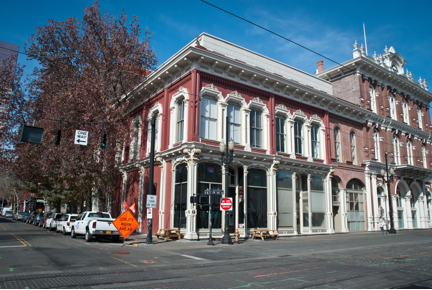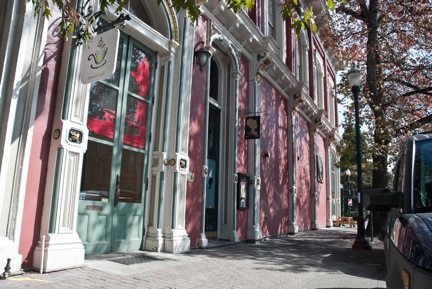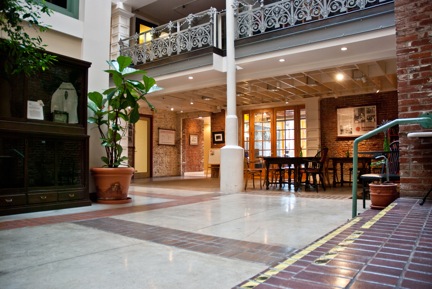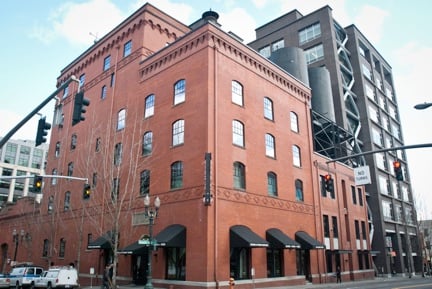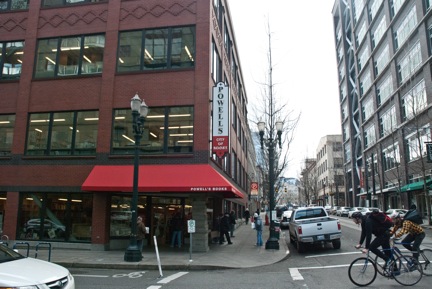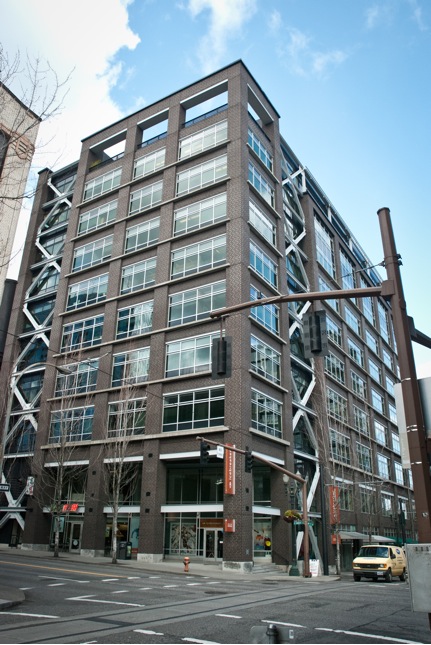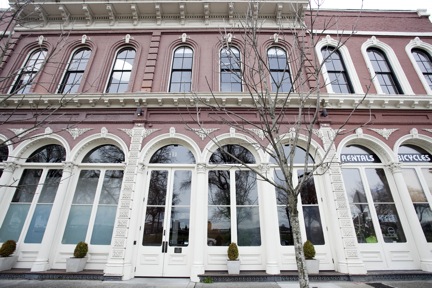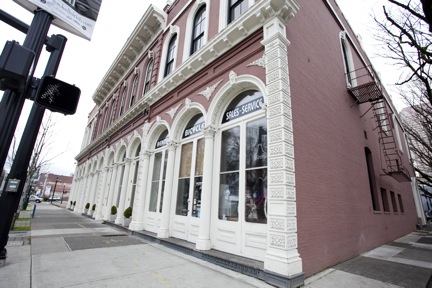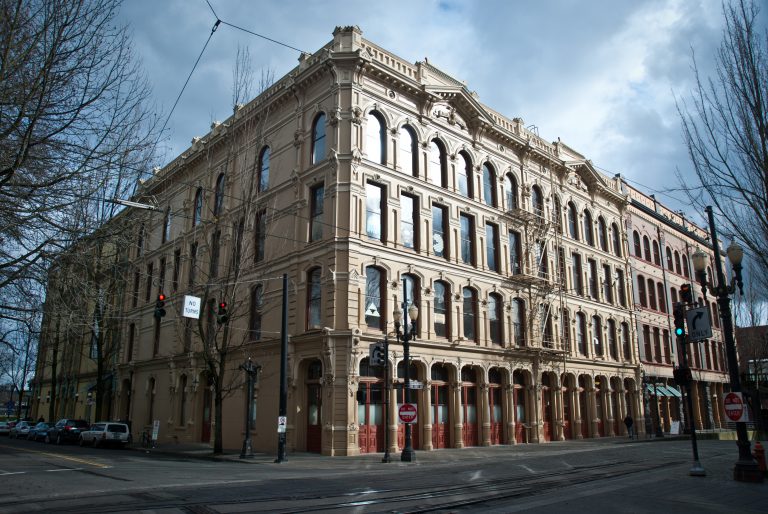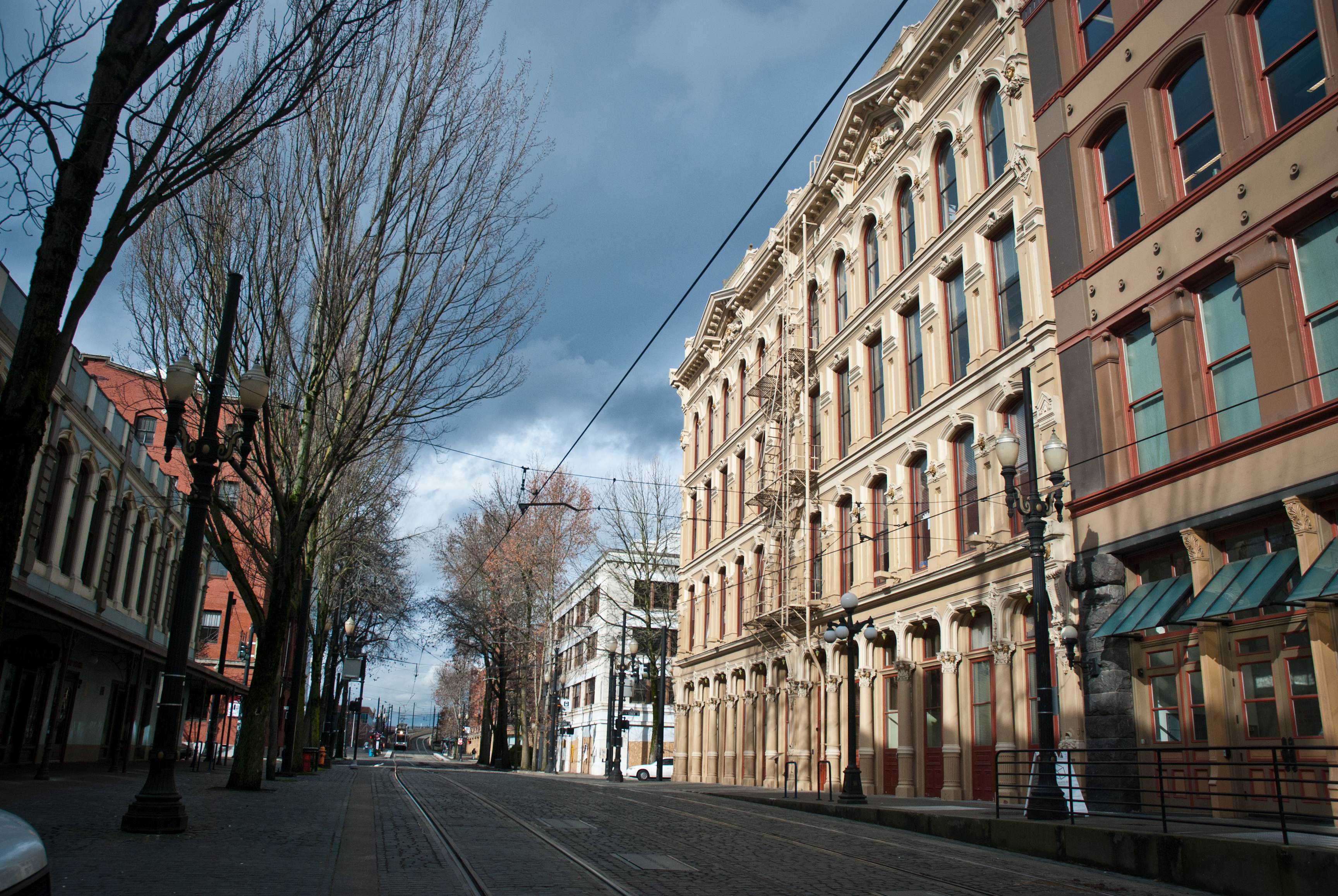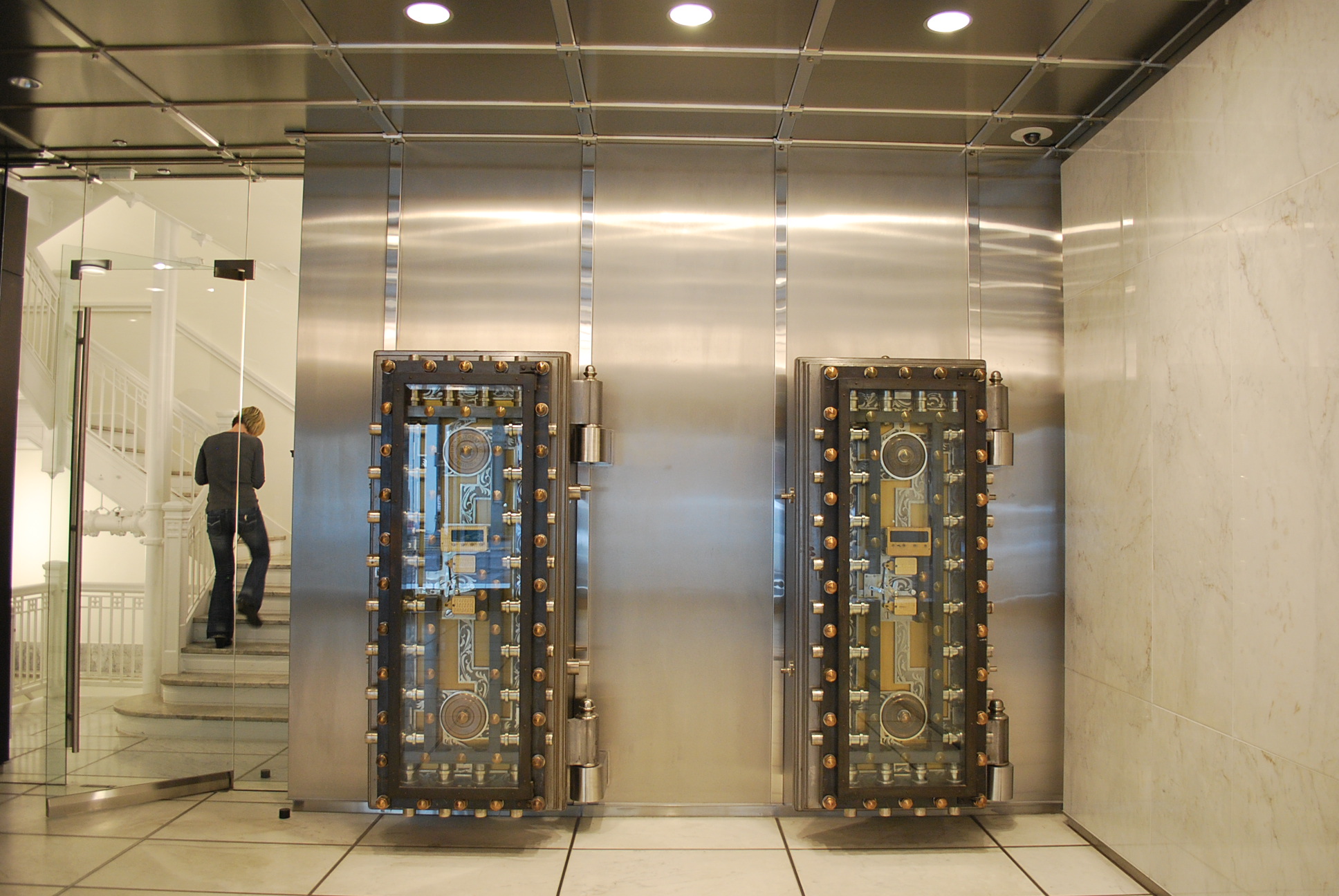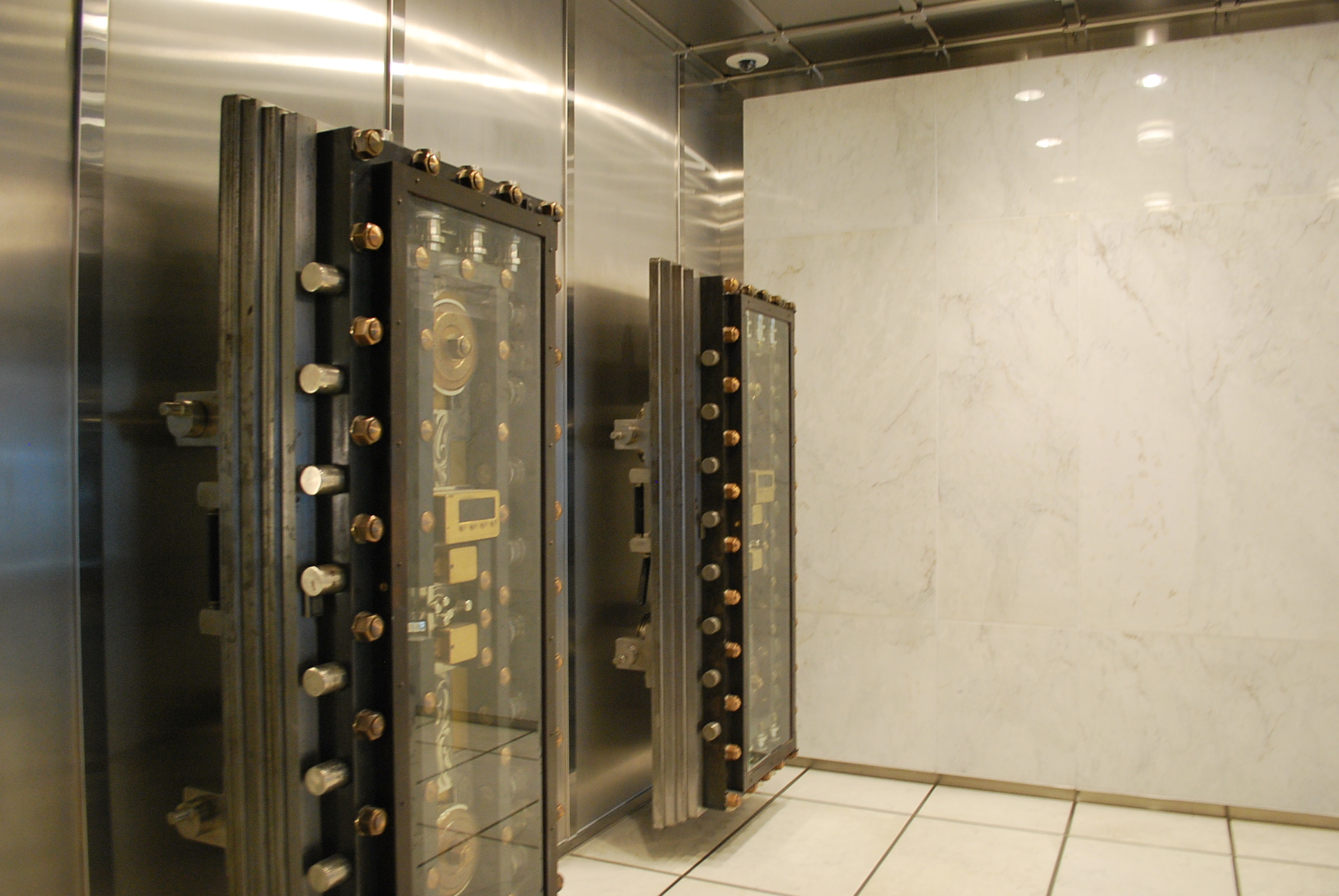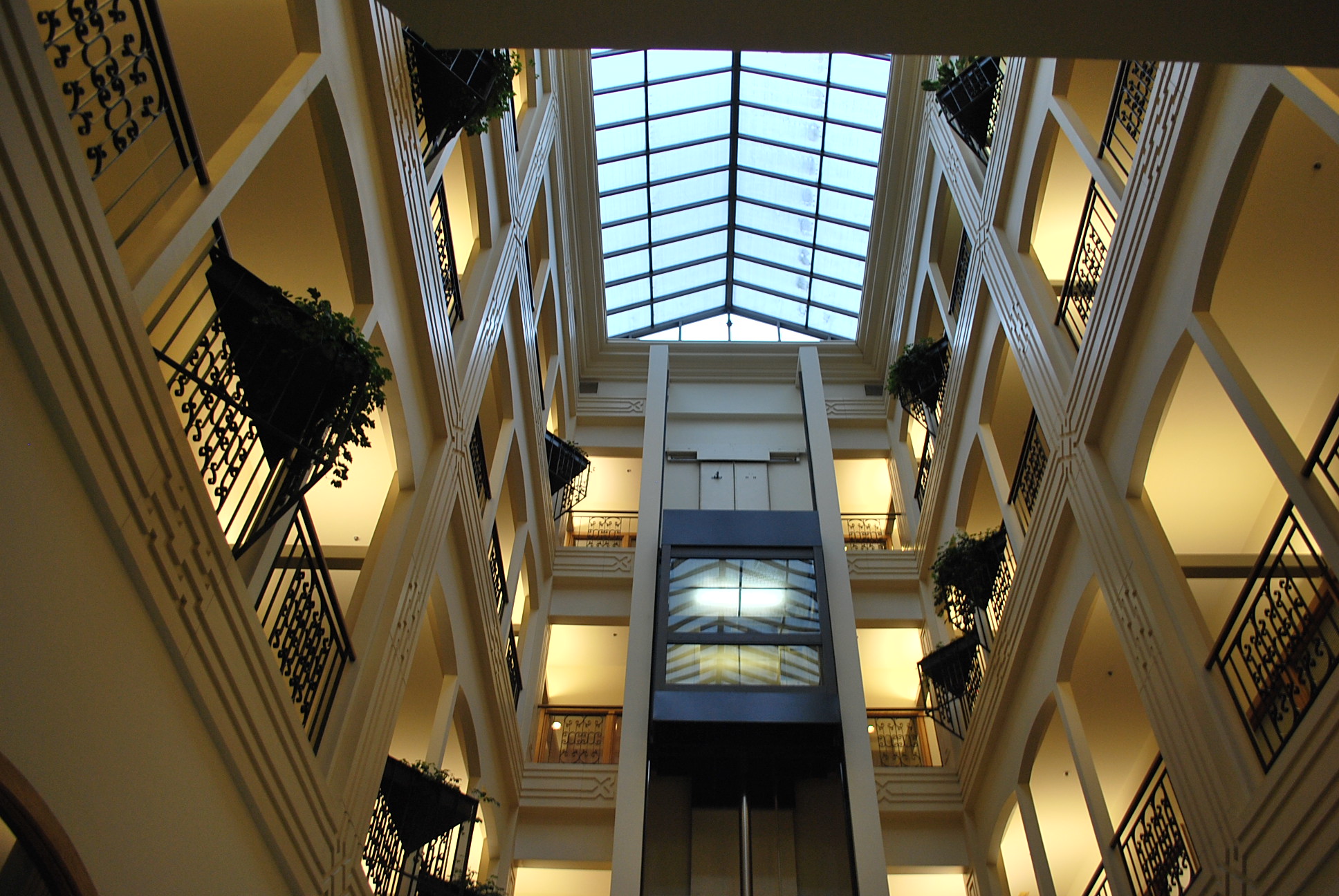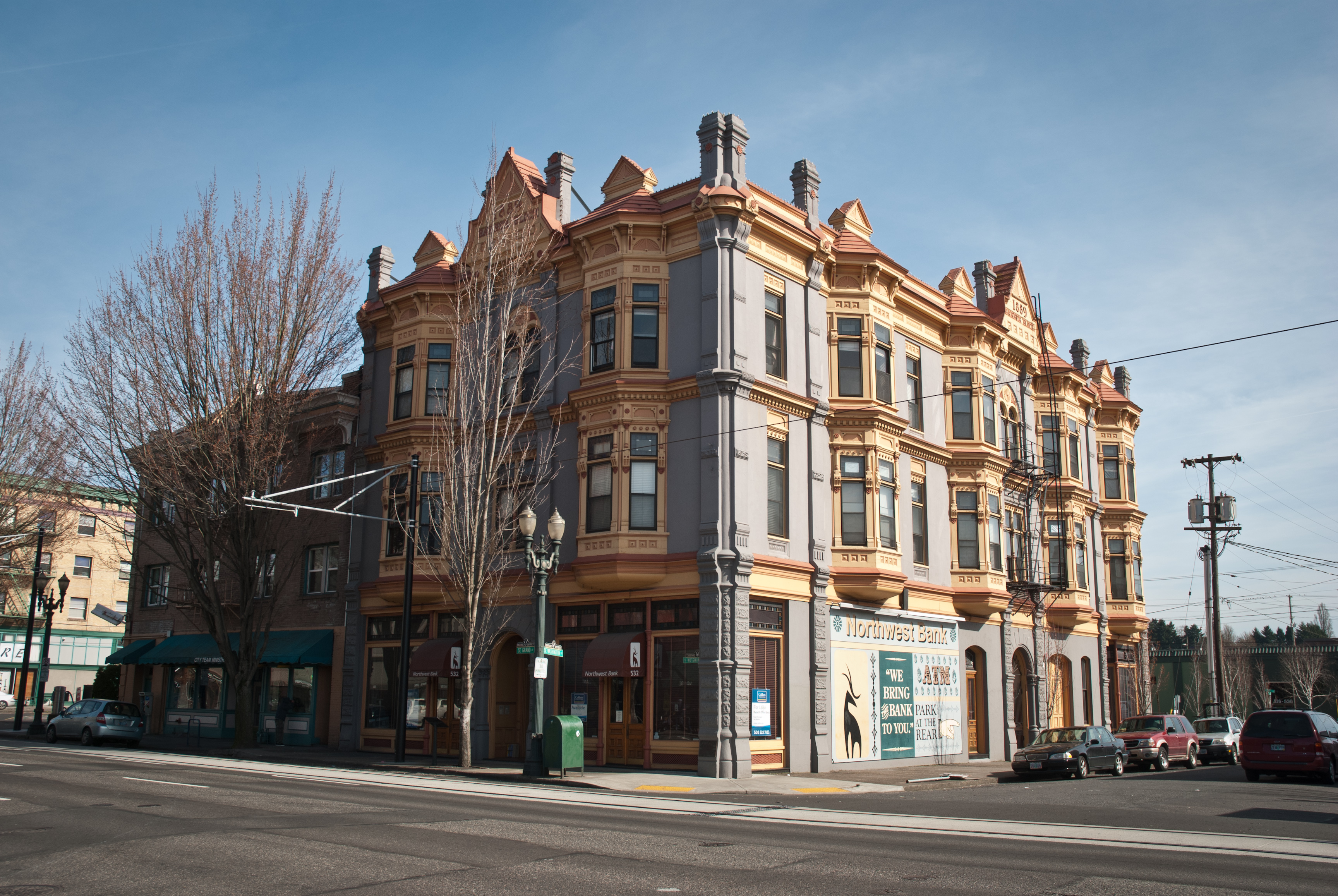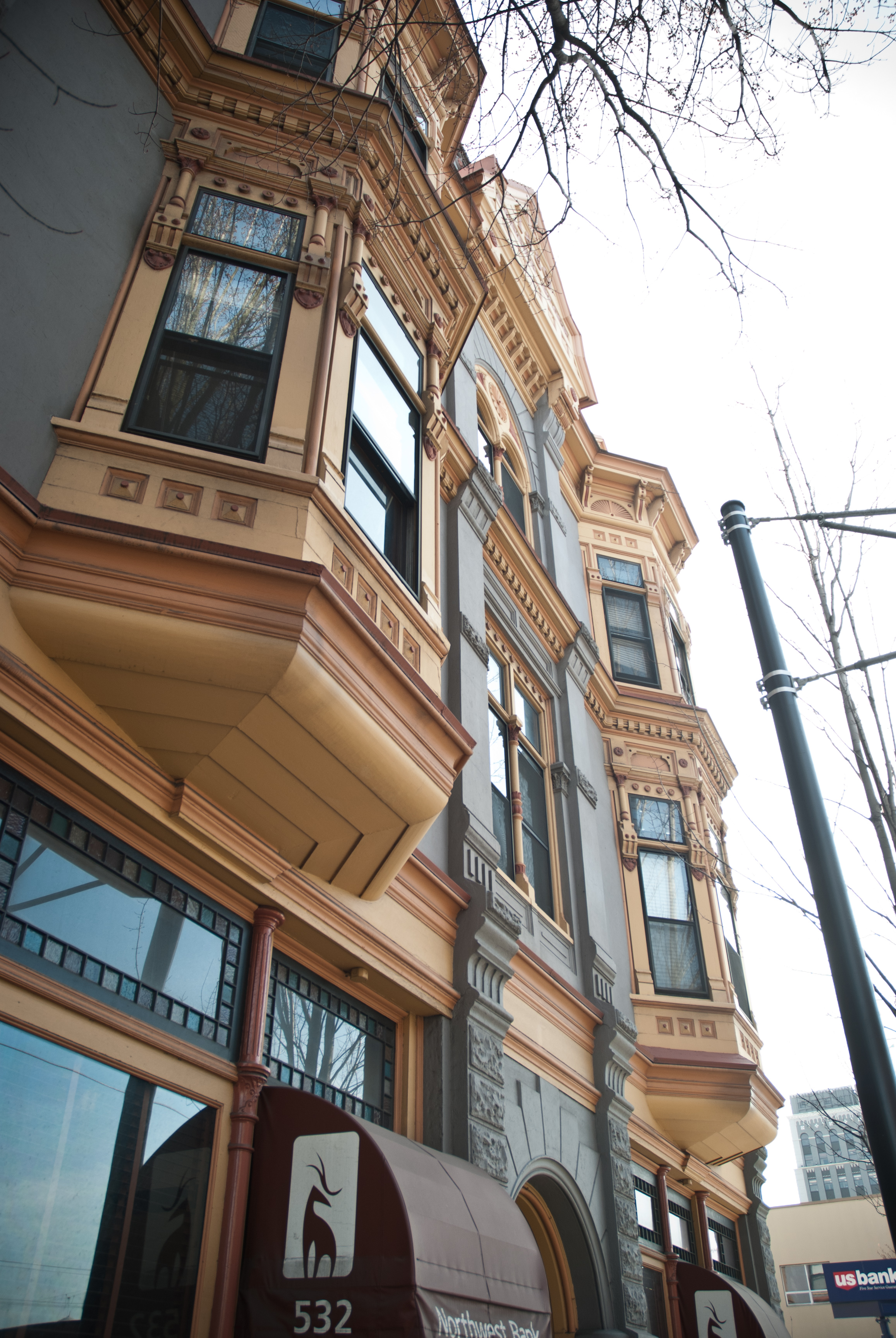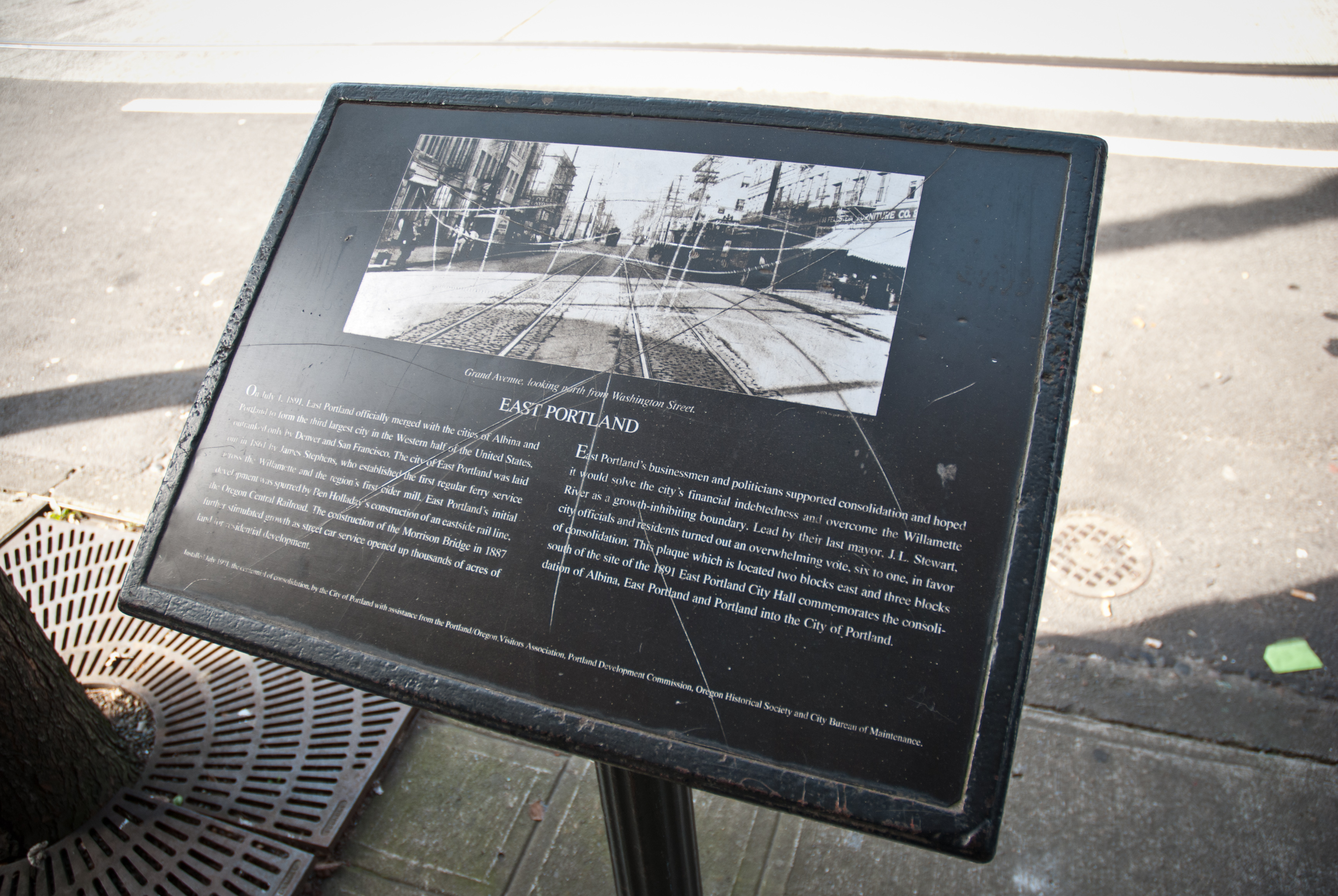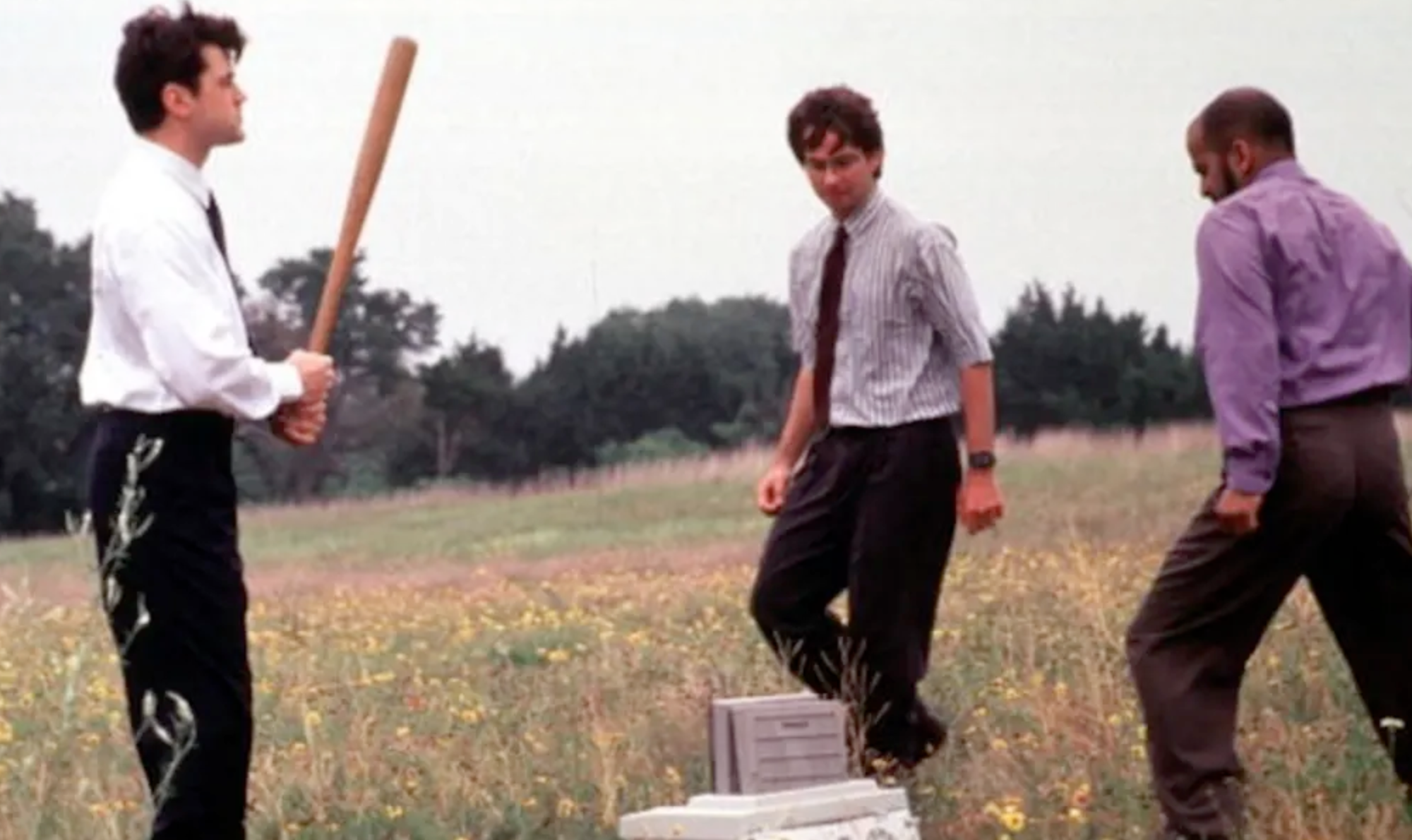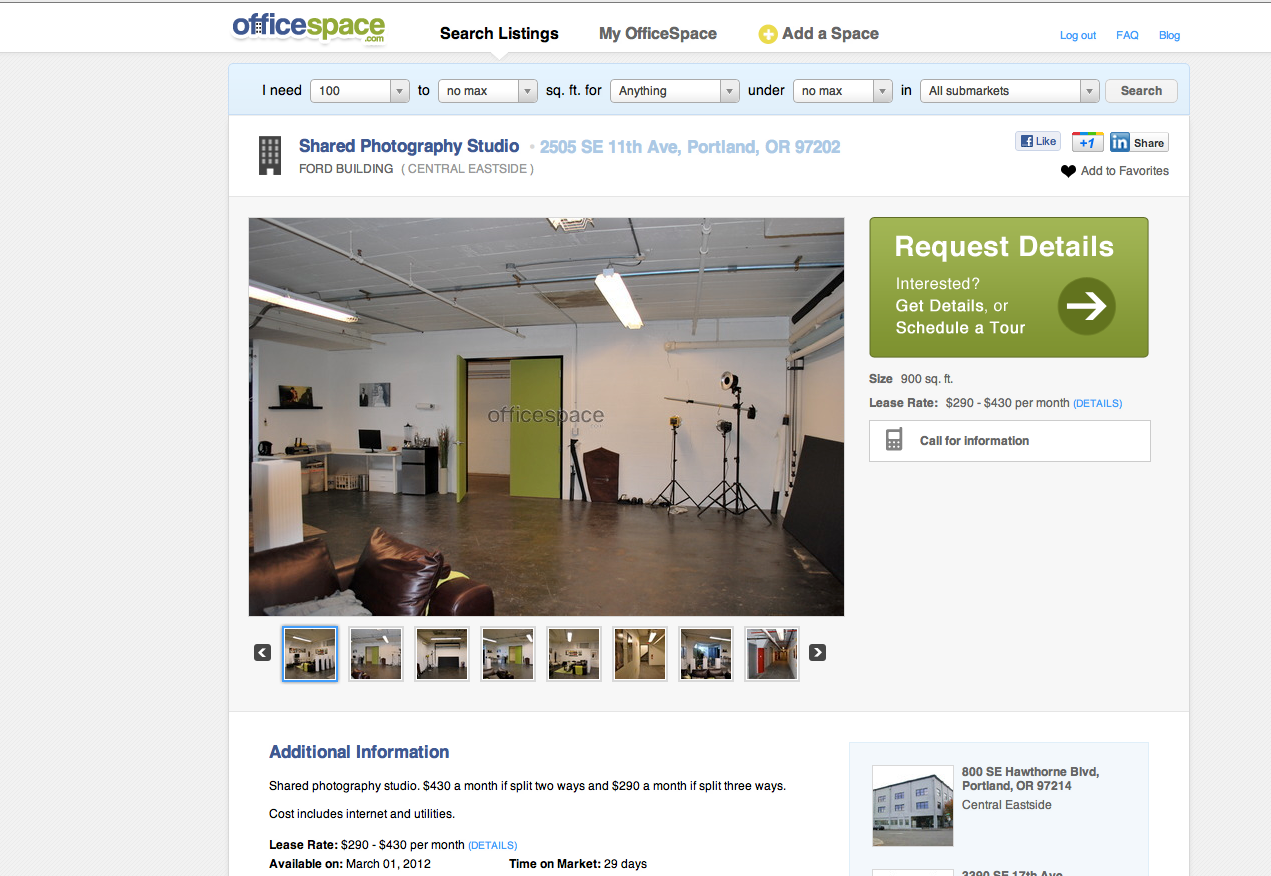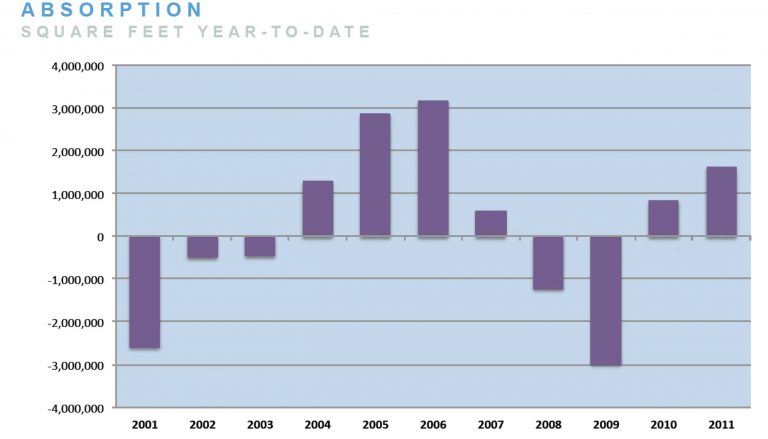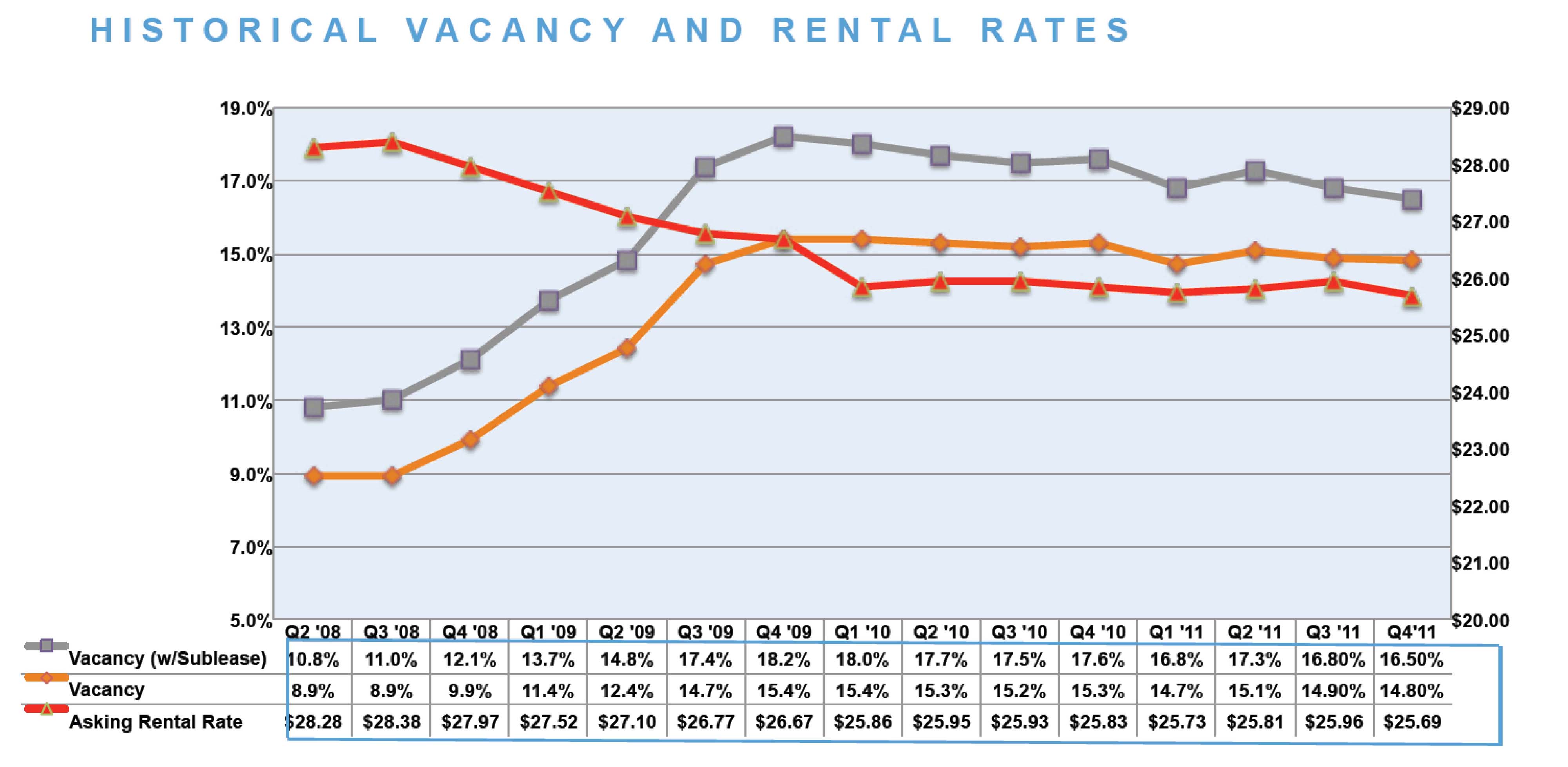This post was updated on August 8, 2018.
Isn’t it cheaper to use the listing broker? The one whose name is on the sign?
Even for savvy business people, this is a myth that we hear over and over. In order to answer this question, you really need to understand how commercial real estate brokers make money. The landlord pays commission for both the listing broker as well as the tenant rep broker. However, the big caveat here is that you, the tenant, ultimately are paying for the commissions through the lease that you sign as landlords have already taken into account the cost of commissions when they determine their rates.
The listing broker is responsible for representing the landlord’s best interests. Their job is to find a tenant to lease space at the best terms to the landlord. Even if the broker agrees to represent you as a client, your needs come second to the landlord’s needs – and this is something that is in writing between the listing broker and the landlord. This is a practice called dual agency. Think of it from another angle. If the landlord thought that the listing broker was giving you an advantage by working for you, do you think that the landlord would allow it? The answer would be a resounding no.
A tenant rep broker’s only job in the transaction is to represent you and your best interests. If you decide to walk away because they aren’t finding you spaces that work for you, they haven’t made a dime on you. In addition, when they negotiate for you, they are only concerned about what will work for you, whereas the listing broker may be worried about irritating the boss and may not negotiate so hard for you.
Now, going back to the point earlier, that you, the tenant ultimately pay commissions through your rent. The landlord has already taken into consideration that the commissions will be paid, regardless of who represents you in the transaction.
The landlord isn’t going to agree to lower the rent or give you more rent concessions because he’s going to have a lower cost of sales because the listing broker is representing you. Listing brokers love representing the tenants for their own listings because generally, there’s very little negotiation and the deal gets done with less friction but potentially costing you, the tenant, more. Whatever commission was budgeted for the tenant’s representative, some portion, or all of it, will be paid to the listing broker. The bottom line is this: if the listing broker represents the tenant, they make more money on the deal.
It just makes good business sense to have someone represent you who has your best interests in mind, not someone who would like to represent you because they earn more commission but is actually legally bound to hold someone else’s best interest first. Knowing this, why wouldn’t you want to have your own representation?


